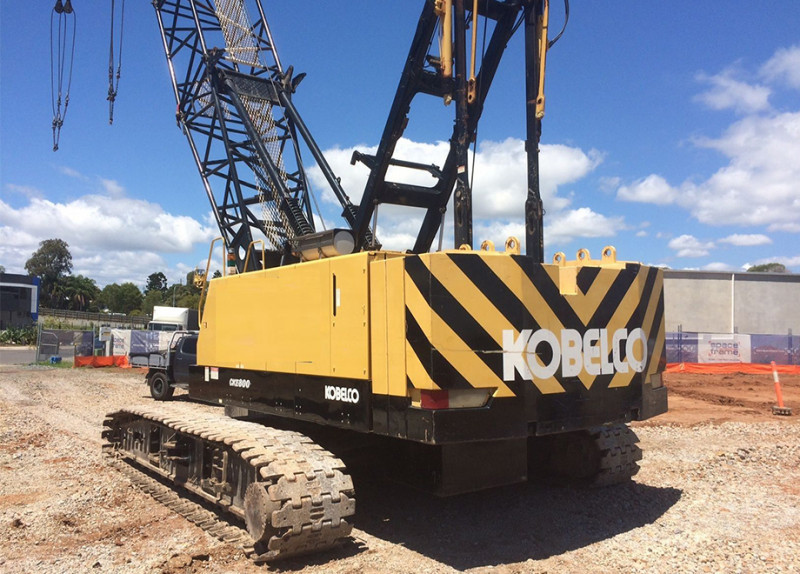Crawler cranes are often kept on site for long periods, provided their tremendous size. Yet these are machines that are incredibly stable. Their entire mass is balanced within a monitored platform, which lets them take care of tasks on a fantastic number of floor surface on gentle terrain. They are also elastic. Most are equipped with multifunction jibs that fortify the crane's elevator and freedom.
But that is not all. The businesses based on those cranes are shifting rapidly. Energy policies and goals in addition to building sites and demands are all evolving. The changes are analyzing the capability of heavy machines to accommodate, and the lattice boom crawler cranes is slowly increasing to the new events.

Flexibility matters also, as well as the huge cranes are getting to be simpler to use small websites. The Demag CC 3800-1, as an instance, includes a Split Tray Superlift, which opens the massive crane into a narrow structure area. Telematics will be the systems that create work reports, encouraging proper care.
Predicting complete uptime is equally as crucial as prolonging the working life span of a crane. With appropriate care, lattice boom cranes are a decades-long investment that models remarkable performance daily. KCross provides remote machine tracking directly from an individual's desktop computer.
Daily reports reveal the crane's hours in usage, fuel consumed, idle moment, winch usage, travel time, and other important information. Kobelco's CK2750G-2 version not only comes with a brand new engine designed to fulfill Tier IV of the EPA Final criteria.
Additionally, it sports advanced G-modes — electricity-saving configurations that reduce gas consumption around 30%. The G-mode help includes an automatic idle cease, a fuel-efficient winch controller, and motor RPM limits.